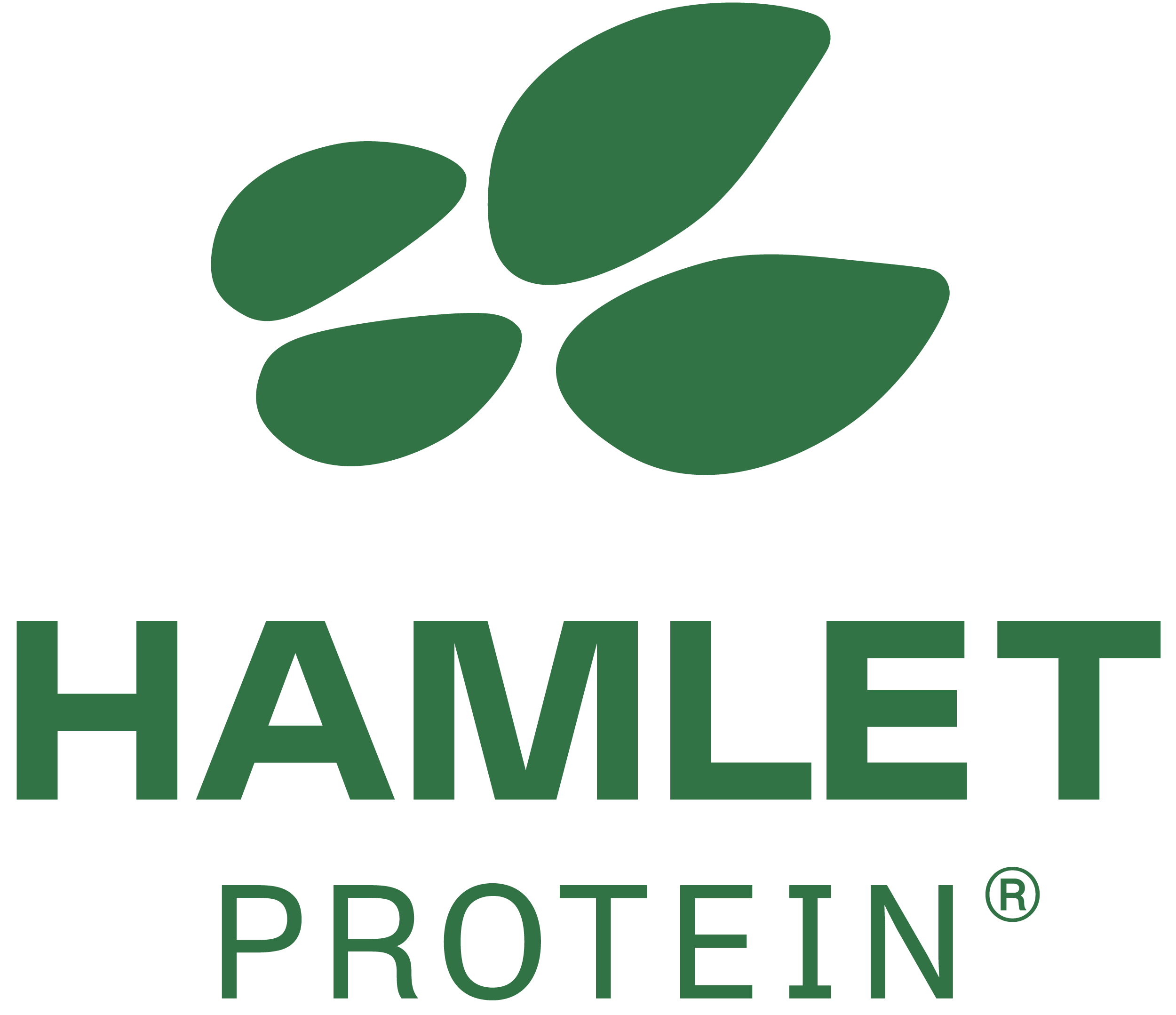



Why Fiber matters
Dietary fiber has gone through a major image change in the last couple of years.Dietary fiber has gone through a major image change in the last couple of years. Where it used to be considered an anti-nutrient, now most nutritionists conquer that pigs need fiber. Most macro ingredients, especially cereal grains, contribute a significant proportion of dietary fiber to the diet. So as fiber is always present in the diet a better understanding about its functionality and interactions with (other) nutrients and the host’s microbiome are necessary.
Dietary fiber is characterized as being insoluble (IDF) or soluble (SDF) according to current methods that are available to analyze carbohydrates. Dietary fiber can have positive on pig performance depending on health status, environmental conditions and type of diet. Insoluble fibers are often recommended to mitigate health challenges in early nursery and are typically comprised of inert and nonfermentable carbohydrates. Insoluble fibers stimulate peristaltic movements to support transition of digesta and can scrape the mucosal lining to prevent adhesion of pathogens. Fermentable carbohydrates are soluble fibers that serve as substrate for beneficial microbiota in the hindgut which will then produce short chain fatty acids (SCFA). The production of SCFA from fiber fermentation promotes the growth of the intestinal surface area which improves absorptive capacity and SCFA are a good source of energy for the animal.
Functional fibers (fibers that induce physical and physiological benefits to the host) do not have a direct antimicrobial effect but are still considered when looking for ways to modulate the gut microbiome. Therefore, in the light of the upcoming ban on pharmacological levels of ZnO functional fibers are attracting more and more attention. Not only will the stimulation of beneficial microbiota lead to competitive exclusion of pathogens but also will the SCFA (butyric acid) produced from fermentation of functional fibers reduce gut permeability and stimulate integrity of the intestinal wall. So, it is no longer a question of whether to supplement young animal diets with functional fibers; but rather, it is how to effectively incorporate dietary fiber into a successful nursery program. Effective fiber supplementation requires a holistic view of diet formulation that considers synergisms and antagonisms of nutrients as well as the influence of current health and environmental conditions.
Next generation functional fibers are active ingredients that have intentional physiological effects on the animal. HP FiberBoost and HP FiberStart are enzyme-treated functional fiber solutions that combine the physical benefits of insoluble fiber and the stimulating effect of soluble carbohydrates on gut health. Specific enzymes hydrolyze sections of the carbohydrate framework to reduce viscosity while maintaining the desired structural functionality of fiber. This targeted cleaving enhances the concentration of carbohydrate fractions that stimulate the proliferation of beneficial bacteria in the hindgut resulting in the production of significant amounts of short-chain fatty acids. Preliminary trial results from independent research facilities and commercial farms show a positive effect of HP Fiberboost and HP Fiberstart on piglet resilience resulting in less need for medication even in the absence of pharmacological levels of ZnO.










